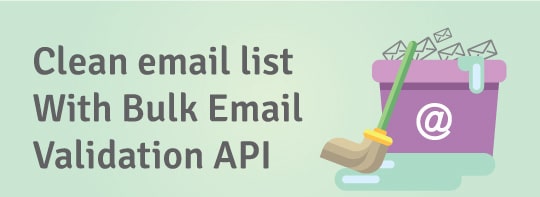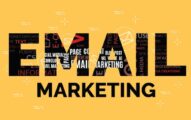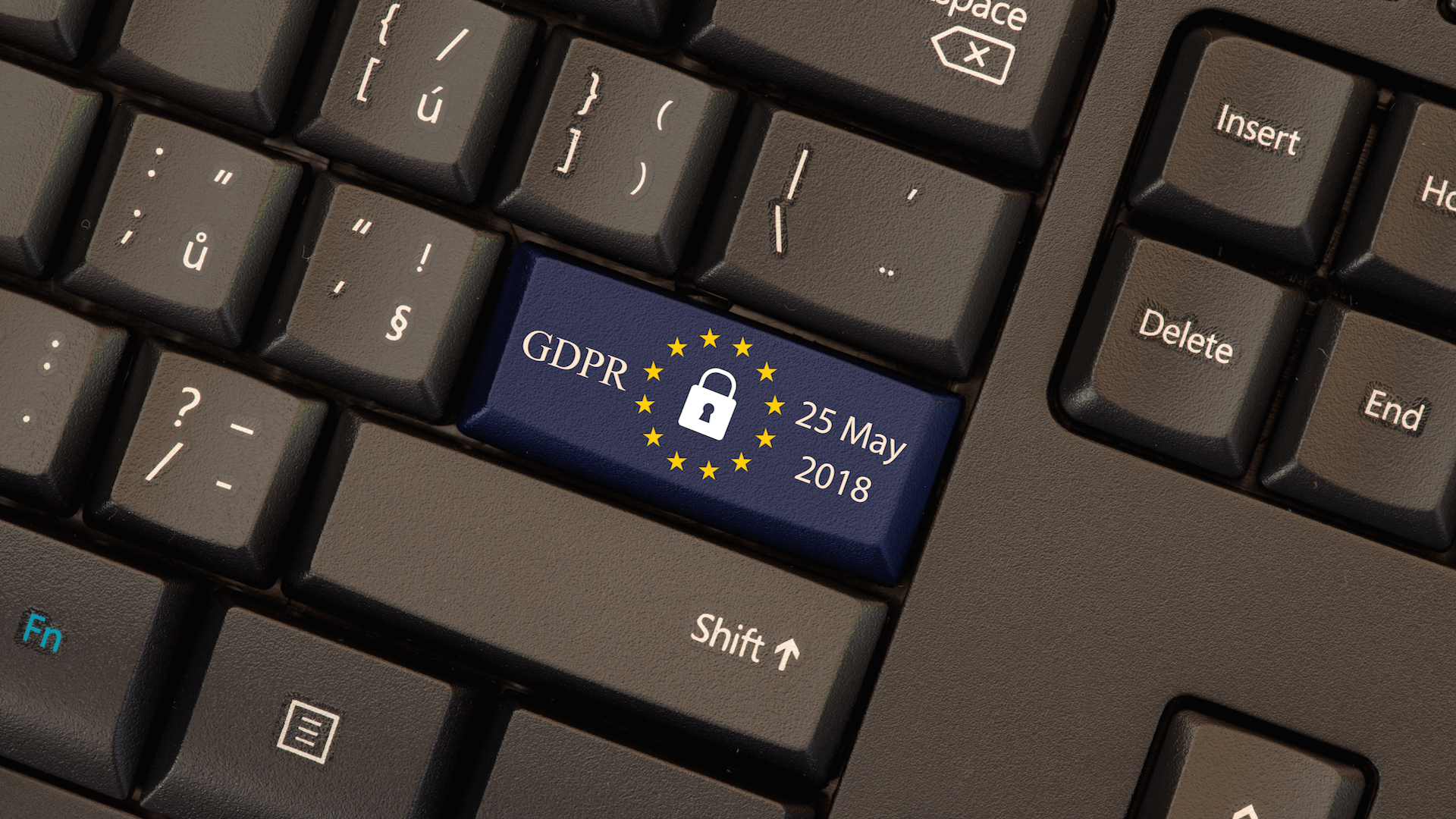
Emails have survived numerous changes on the internet to remain a priority option of exchanging files and messages. The main use of email, however, is to receive responses from subscribers.
The process of keeping the contacts to prospective customers and getting their responses is called follow-up. As you can tell, follow-up is a primary and one of the most effective ways of getting the attention of subscribers in a flurry of emails.
There is a reason why follow-up email so important– it builds lasting trust with your clients. Through follow-ups, you show how loyal and caring you are with your contacts and the willingness of your organization to continue with them into the foreseeable future. It is very much like a chance to remind them often about your organization.
Uses of follow-up

Research shows that 81% of sales occur after an organization has made the 5th follow-up with a prospective customer.
Yet:
- 48% of salespeople don’t bother to make a follow-up
- 57% of individuals agreed they would respond to a deal and even make a purchase if they aren’t forced or pressured
- 25% would want to hear from you sent more emails to them
Tricks to writing the most effective follow-up emails
It is typical for any email marketer to have a constant and robust follow-up schedule in place for its customers. If you don’t have it, you better create one.
But adhering to a follow-up schedule is one thing, and getting a good response from your subscribers is another entirely different thing. So, how do you get it right? The trick lies in a few factors to which you need to pay close attention, here they are:
1. Subject lines
The reason why subject lines matter more than anything else is that they are the first thing your potential customer will see before opening the email. If the subject line is drab and uninspiring, the receiver will simply ignore it. You want to use your subject lines to make the best first impression.
So how do you do it? The secret lies in putting all your most important details in it. Be sure to specify the key point in the subject so that your potential customer can know the main reason for the email. Also, be thoughtful and pose a question in the subject line. A subject line with a question makes the viewer eager to open the email and see the answer to that question.
Using your organization’s name or your email address sounds like just the right thing to do. Remember – the more effective and personalized your subject line is, the more likely the receiver will open the email and even reply to it.
2. A fresh email is always the best
Always send a new email. Copying and pasting your old emails seldom works – it only makes your prospective customers feel guilty for not replaying the first time those emails were sent, and that feels very much like being pressured into something. It also starts to look like an advertisement.
There are tons of ways you can frame your subject line to make it effective. For example, why not make it start with a call to action (CTA) right away? Better yet, you can start with a greeting plus and offer. As a marketer, you will only be limited by your imaginations with what you can do to your subject lines to catch the attention of the receiver.
A major risk that comes with broadcasting the same email all the time is the likelihood of the receiver running into the conclusion that you are a robot. So, there is no need to recycle your old emails.
3. Use trigger events to send a follow-up email
It is always good to keep an eye for triggers when planning to send a follow-up email. A trigger is any situation that suggests that someone is starting to consider your services or products.
Whatever the trigger or case may be, quickly send a follow-up email offering something valuable to your potential customer, and there is a strong chance they will reply. Here is a list of common triggers:
- Winning a big deal
- Getting media coverage
- Participating in a fundraiser
Taking advantage of these and similar triggers make your follow-up emails look contextual and personalized two very important little factors!
4. Courteousness can work wonders
Always be courteous. Just like any other aspect of your marketing, follow-up emails call for utmost professionalism and politeness. The best way to go at it is to start with a salutation. It is typical for marketers to start with greetings or a simple “Dear” followed by a message thanking the recipient for opening the previous email. Being courteous convinces the recipient that you are respectful to people.
5. Don’t forget to add the context.
Remember that follow-up emails serve as a reminder email without necessarily insisting on the message of the last email. As such, be sure to contextualize your follow-up in a brief and sweet way. Contrary to what many marketers tend to think, your recipients haven’t forgotten you since sending the last email. So, don’t frame your follow-up email as if they did – it doesn’t look nice. Care to remind the recipient about a subject or due date as it creates a quick reminder.
How do you open your statement? Here are some cool ideas:
- I hope this will not sound weird to you, but I noticed that you opened/read my previous email.
- I am just trying to know your current state following the previous email I sent.
- Hello, I’m writing to follow-up on the last email I sent.
6. Emphasize on the reason why you are the best option for them
If you sent tons of follow-up emails and haven’t got any response yet, it’s probably the best time to shed some light on what your organization is all about and how it can be of benefit to the recipient. If you have a new piece of information or you have made a major achievement lately, don’t be shy to mention it. This information can be of use to your recipient, and they may proceed to respond to a follow-up email with it. The trick here is to portray your organization as being of benefit to the recipient.
7. Adopt a conversational style of articulating your ideas.
As aforementioned, simple and short email pitching is a near sure way of generating a response. The problem is you may be tempted to be overly formal in your approach, which isn’t particularly the way to go; remind yourself to adopt and maintain a conversational way of communicating to your potential customers.
It is typical to add the right context, personalized subject, and be courteous to get your follow-up email right.
One stark rule about follow-up emails is, if the message doesn’t contain what the recipient wants to hear, then the number of follow-ups you send does not matter, your efforts are doomed.
8. Be helpful
Don’t send follow-up emails for the mere reason of generating a response; make those emails supportive and useful. Let each of your follow-up emails sound like it is a summary of the previous discussion. Likewise, consider asking your recipient if there is anything they might want you to do for them without sounding desperate. Also, ask them if they have any queries, concerns, or needs they would like to put across.
Ensure that the discussion in your follow-up emails is brief. Be sure to incorporate pieces of information, proposals, and resources that can be of value to the recipient.
9. Tell them something about your next follow-up, like when to expect it.
This practice makes your follow-ups appear like a series of organized ideas that are worth engaging by replying to them. It also makes the whole conversation look natural as one idea leads to another. End your follow-up emails with lines like “I’ll follow-up in a week’s time,” “We’ll update you on this deal next week.”
All these lets you ask permission to send another follow-up email without intending.
10. Deliver your break-up email.
What do you do next if you have sent tons of follow-up emails for so long and still haven’t received any response yet? It could mean the recipient wants nothing to do with what you are doing. At this point, the best you can do is call it quits.
Like any other break-up, this can be hard to find the best approach for it, but an experienced marketer would be straight with the recipient and pose a bold question, “I wanted to know if you’re still interested in our offers.” By getting this out of the way will help you stop wasting your resources and their time.
Commonly made mistakes in follow-up emailing
One of the things we dislike most about follow-up emailing the great patience it requires from you – most of the time, your efforts involve trying to impress the recipient into replying, a venture that can take forever to bear fruits. And, at times, some marketers find themselves making huge blunders while trying to be patient. Here is what to not do:
1. Sending 1 or 2 follow-up emails and stopping
As much as it may be annoying to send so many emails without a response, sending just a fistful of them and expecting big results is not the way to go. It will take months for the recipient to weigh whether to reply or not.
2. Never attempting to stimulate the recipient.
Yes. You send a flurry of emails reminding the recipient about your organization or yourself and nothing else. And if you are talking about yourself, you are advertising your stuff. It seldom works that way. A follow-up email without a call to action (CTA) is just as good as a letter with no specific action, and it is a waste of your valuable time.
3. Never attempting to stimulate the recipient
Yes. You send a flurry of emails reminding the recipient about your organization or yourself and nothing else. And if you are talking about yourself, you are advertising your stuff. It seldom works that way. A follow-up email without a call to action (CTA) is just as good as a letter with no specific action, and it is a waste of your valuable time.
4. Choosing the inappropriate subject line
A survey indicates that 35 percent of emails are only opened on their subject lines. For this reason, you want to compose a subject line that will arrest the attention of the recipient. Avoid typical subject lines that look like those uninspiring newsletters that anyone would ignore. Neither should you use long and detailed subject lines? Instead, opt for something short and straight to the point. A subject line should basically define the reason why the recipient should open the email.
5. Following-up too often
The same way you would hate sending so many follow-up emails just to get a response, customers too won’t enjoy receiving frequent emails from you. So, it is advisable to refrain from bombarding your potential customers with frequent emails. Sending an email every day the whole week still qualifies as too much. Give your potential customers ample time to read and digest your emails and decide whether to reply or not.
6. Keeping following-up even after a NO reply
No response means the recipient is not interested. Your follow-up emails should stop there and there. It doesn’t matter how innovative you’ve become with your CTA or what benefits you have lately uncovered for the potential customer, just cut the communication. Anything beyond a No response is a disturbance and could land you on the blacklist.
7. Mass emailing
The biggest flaw of mass emailing is the lack of personalization. And since personalized emails are more likely to be replied to because they target the recipient based on that recipient’s information, mass emailing is ineffective for follow-ups. The more information you have about the recipient, the higher the chances you’ll receive a response.
8. Use of Unnecessary Marks and Emoji
This is probably the area most marketers get it wrong. You see, follow-up emails should be professional. Yet it is so easy to be tempted to add unnecessary emotionality to it, like dropping in some few emojis, exclamation marks, or sounding overly enthusiastic. That kind of stuff may make your emails look fancy but that’s not what your potential customers are after.
Final word
Too few follow-up emails can’t guarantee a response while repetitive emails are annoying – you need to be moderate in your approach. The secret to arresting the attention of the recipient is to follow the key principles of following-up and knowing the mistakes that you should avoid.


